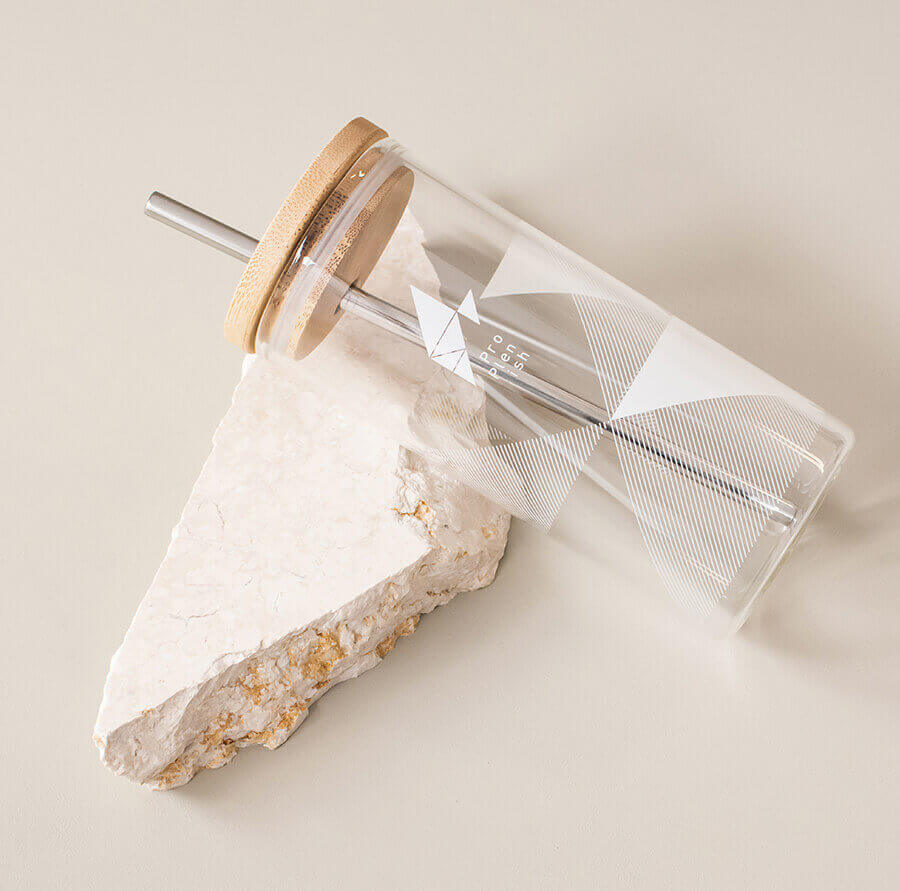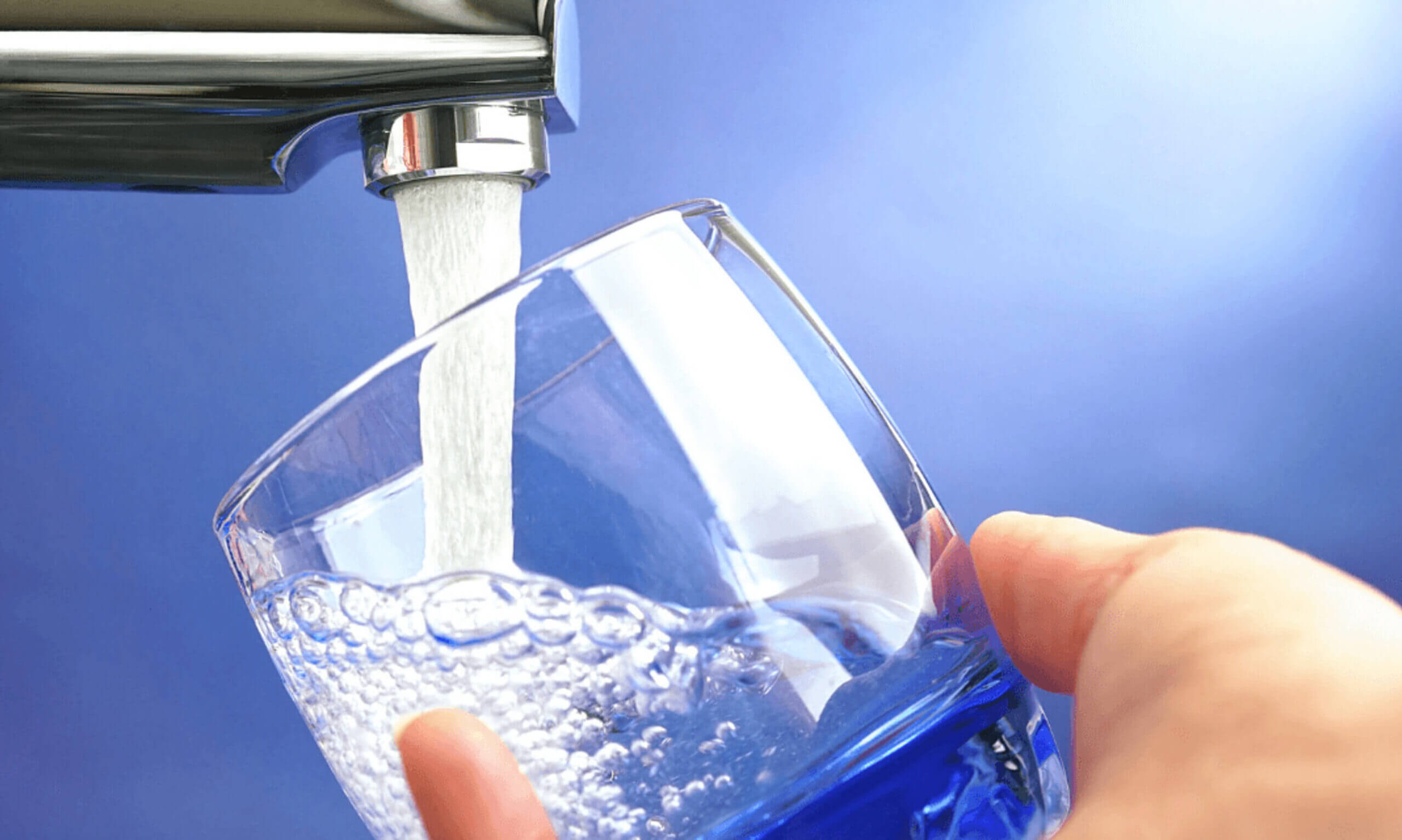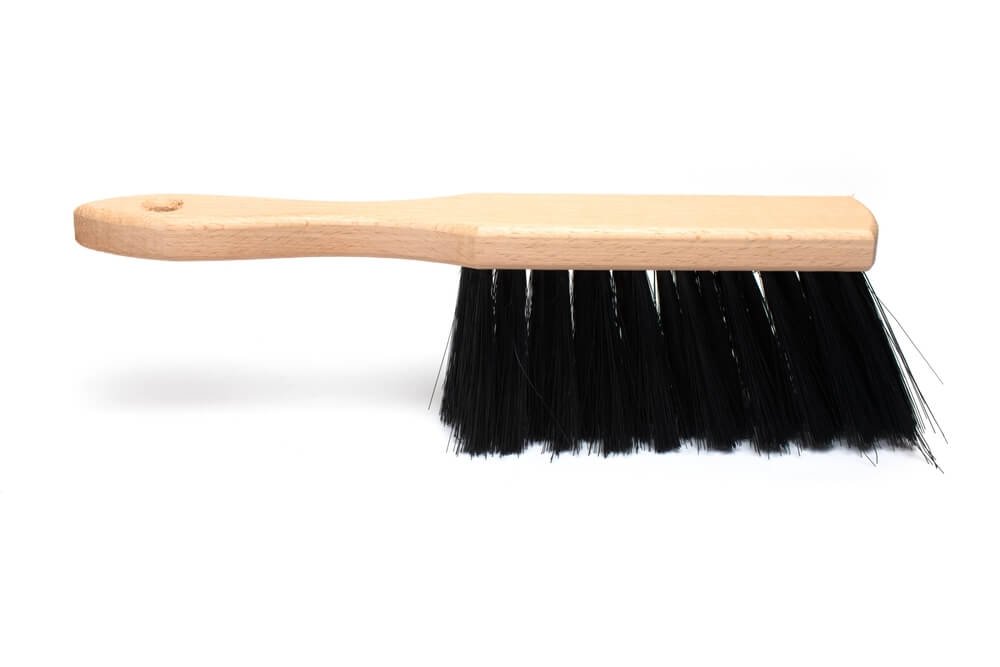5 Easy Ways to Transition Your Family to Plastic Free Drinkware

Not using plastic is a wonderful step toward sustainability. But getting your family to do the same has its challenges…
Besides plastic being so pervasive, people tend to be creatures of habit. So, while it may take time and a lot of reminding and reprogramming to minimize plastic usage in your home, it’s totally doable. An excellent place to start is by focusing on your drinkware.
“Convenient,” single-use plastic items, like cups, bottles, and straws, take centuries to decompose. While they slowly decompose, they release harmful chemicals into the ecosystems, degrading our soil, water, and the organic produce we consume. Even the production of plastics causes harm to ecosystems because the process depletes non-renewable sources and emits greenhouse gasses.
How to Transition Your Family to Plastic-Free Drinkware
Transitioning to plastic-free drinkware alternatives, like stainless steel, glass, or bamboo, reduces the demand for fossil fuels and helps to minimize environmental harm. It also reduces your risk of using bottles or drinkware that contains Bisphenol A (BPA) or Polyethylene Terephthalate (PET), which can cause harm to your health and that of your family. So, if each family embraces sustainable drinkware options, it will help to curtail plastic pollution, promoting a healthier planet. At the same time, it will help them to stay healthy too!
Here are five easy ways to adopt plastic-free drinkware and foster a collective responsibility toward preserving natural resources for future generations:
-
Assess Your Family’s Current Habits
Assessing your family’s current habits regarding plastic drinkware involves systematically examining daily routines. Begin by conducting a thorough inventory of commonly used plastic items like water bottles, cups, and straws, and engage in casual discussions to reveal individual preferences and habits.
Then, identify the frequency of single-use plastic consumption, taking note of specific products contributing to environmental impact. These are typically plastic straws and single-use beverage or water bottles, the latter comprising 14% of the world’s total litter (not counting the caps or lids).
If you’re up for more data collection, consider documenting your family’s disposal and recycling habits to understand how often you discard plastic drinkware items. You could also gauge your family’s awareness of the environmental consequences associated with plastic drinkware.
With these insights, you can formulate an effective and personalized strategy to transition your family to plastic-free alternatives.
Related: Is it Harmful to Store Food in Plastic Containers?
-
Explore Plastic-Free Drinkware Alternatives
When transitioning to plastic-free alternatives, getting your family involved is a good idea. Encourage them to actively participate in the selection process, considering their preferences and lifestyle. Here are some excellent alternatives to consider:
- Stainless steel water bottles: Durable and reusable, these bottles are the best alternative to single-use disposable plastic bottles. They are long-lasting, easy to clean, and free from harmful chemicals.
- Glass tumblers and mugs: Glass drinkware is an eco-friendly choice that is both stylish and versatile. It’s suitable for hot or cold beverages and is easily recycled.
- Bamboo, glass, or stainless-steel straws: Replace single-use plastic straws with eco-friendly options like bamboo, glass, or stainless-steel straws. They are reusable, easy to clean, and reduce the environmental impact of traditional plastic straws.
- Reusable coffee cups: Invest in reusable coffee cups made from stainless steel, glass, or bamboo. Many coffee shops offer small discounts to customers using their travel mugs or cups for a refill.
- Copper, stainless-steel, or glass water pitchers: Opt for copper, stainless-steel, or glass water pitchers for serving water at home. These alternatives are durable and easy to maintain, and they can also add a hint of elegance to your table.
By gradually integrating these plastic-free alternatives into your daily routine, you help reduce environmental impact and promote a healthier and sustainable lifestyle for your family.

Related: Why You Should Switch To Plastic-Free Microwave Food Covers
-
Implement Simple Changes
When implementing the change to plastic-free drinkware for your family, it’s wise to use a thoughtful and gradual approach. For instance, begin by discussing the environmental impact of plastic and the health impact of microplastics, fostering awareness and understanding of how it impacts our health and the world around us. You may be surprised who shares your passion with you!
With this awareness, it becomes easier to collaborate toward introducing plastic-free alternatives and practicing better decision-making during purchases.
Here are some ideas for simple changes to implement:
- Allow family members to choose plastic-free drinkware that appeals to them and suits their lifestyle.
- Replace one or two commonly used plastic items with eco-friendly alternatives.
- Establish a routine for cleaning and maintaining reusable drinkware, ensuring a smooth integration into daily life.
- Encourage open communication, addressing concerns and challenges as they arise.
- Celebrate small (and significant!) milestones to reinforce positive behavior and motivate continued commitment. E.g., one week without plastic bottles.
Related: Why is a Plastic Free Blender Better for Your Health?
-
Create Sustainable Habits
You must create sustainable habits in keeping with your drive to transition your family to plastic-free drinkware. As consumers, it’s up to us to embrace sustainable practices, as it will lower the demand for unsustainable products. Lowered demand leads to less production and environmental harm, allowing the earth and its valuable resources to recuperate.
Here are some sustainable drinkware-related habits to practice:
- Support coffee shops that allow you to refill your travel mug or reusable cups; you may even get a discount.
- Don’t use plastic straws. Keep a stash of reusable straws at home, and consider keeping a stainless-steel one with you if you must use a straw. Otherwise, avoid using straws altogether.
- Cut down on disposable items like water or soft drink bottles.
- Educate your family on proper recycling practices and sorting materials correctly to maximize recycling efficiency.
- Choose drinkware products with eco-friendly certifications, indicating adherence to sustainable and ethical practices.
- Before leaving the house, ensure you have water or coffee (or whatever you drink) in a reusable bottle, cup, or flask. Doing this will help reduce the chances of buying drinks in disposable plastic.
Related: The 17 Best Plastic Free Coffee Makers: Enjoy Delicious, Non-Toxic Coffee Every Morning

-
Overcome the Challenges One at a Time
Since humans are creatures of habit and enjoy convenience, you might face resistance or hesitation from family members when transitioning to a plastic-free household. You might have a toddler attached to a sippy cup or an OCD partner who doesn’t like the idea of stainless-steel wine glasses.
Additionally, you might face inconveniences along the way. You could forget your reusable water bottle at home, the coffee shop could break your travel mug, or your aunt could gift your whole family reusable water bottles that aren’t BPA-free. Despite the enormous market for bottled water, BPA water bottles can cause serious health issues, and the founder of vitalityPRO supplements confirms this, saying that BPA can disrupt hormones, particularly those related to growth and development. By binding to hormone receptors, it can interfere with the signals and functionality of these hormones. This can affect brain and body development and may lead to growth disorders or energy management issues.
When these inconveniences occur, don’t get worked up or just accept them. Be proactive. Recycle the products responsibly and continue with your collaborative efforts to save the planet. You can also use the opportunity to educate your family on what to do when challenges arise and how to find the most sustainable, eco-friendly solution.
Remember, the process of becoming completely plastic-free won’t happen overnight. Pick your battles and compromise if necessary, knowing that even one step in the right direction is progress.
Related: Plastic Free Tea Bags: Which Brands Are Really Plastic Free?
A Future Without Plastic
Transitioning your family to plastic-free drinkware starts by understanding why avoiding plastics is essential. Once you’ve assessed your family’s plastic drinkware consumption, you can plan how to reduce it through sustainable practices.
Remember, it’s a big task to eradicate pervasive plastics from your home, so take it a step at a time, implementing simple changes progressively.
The transition will be challenging, but your contribution will contribute to our planet’s collaborative rescue efforts.
—
Browse our database to find plastic free product alternatives.


